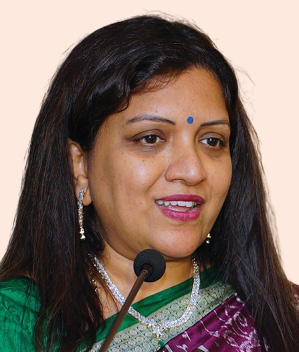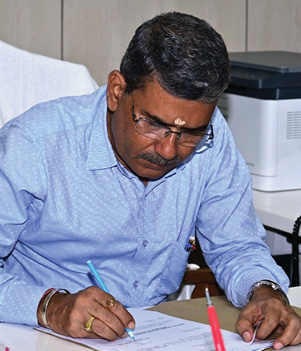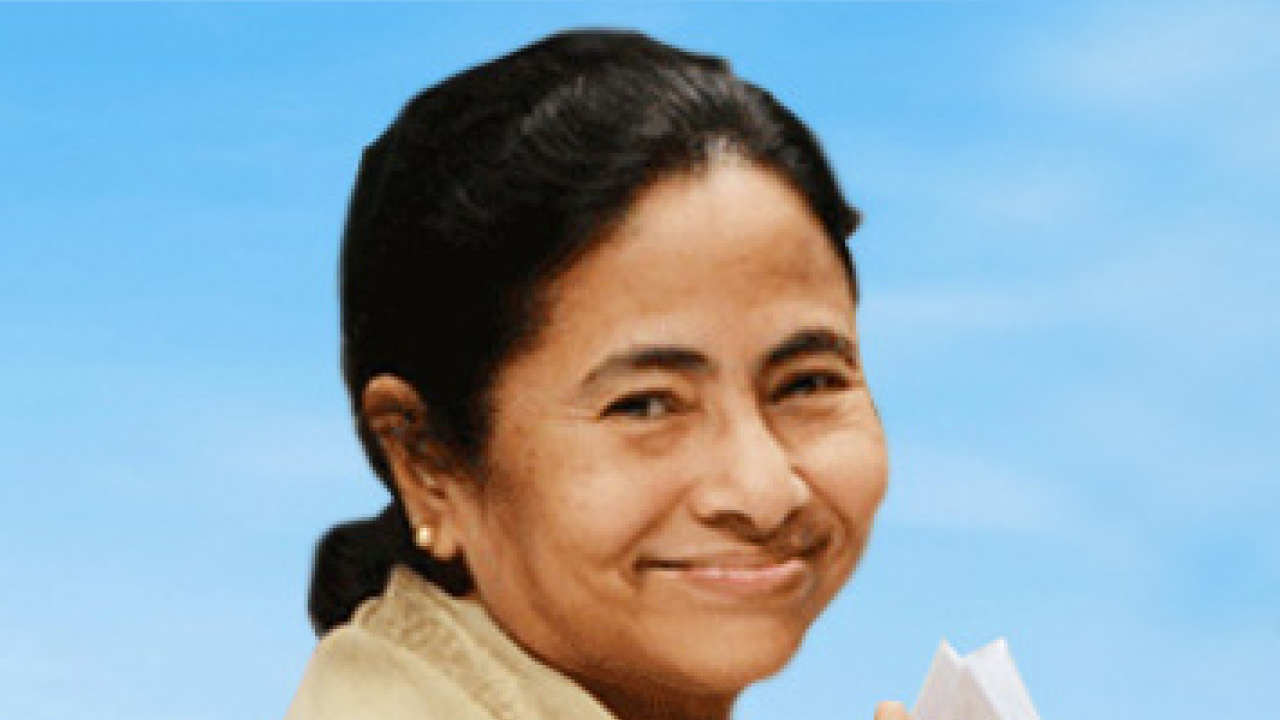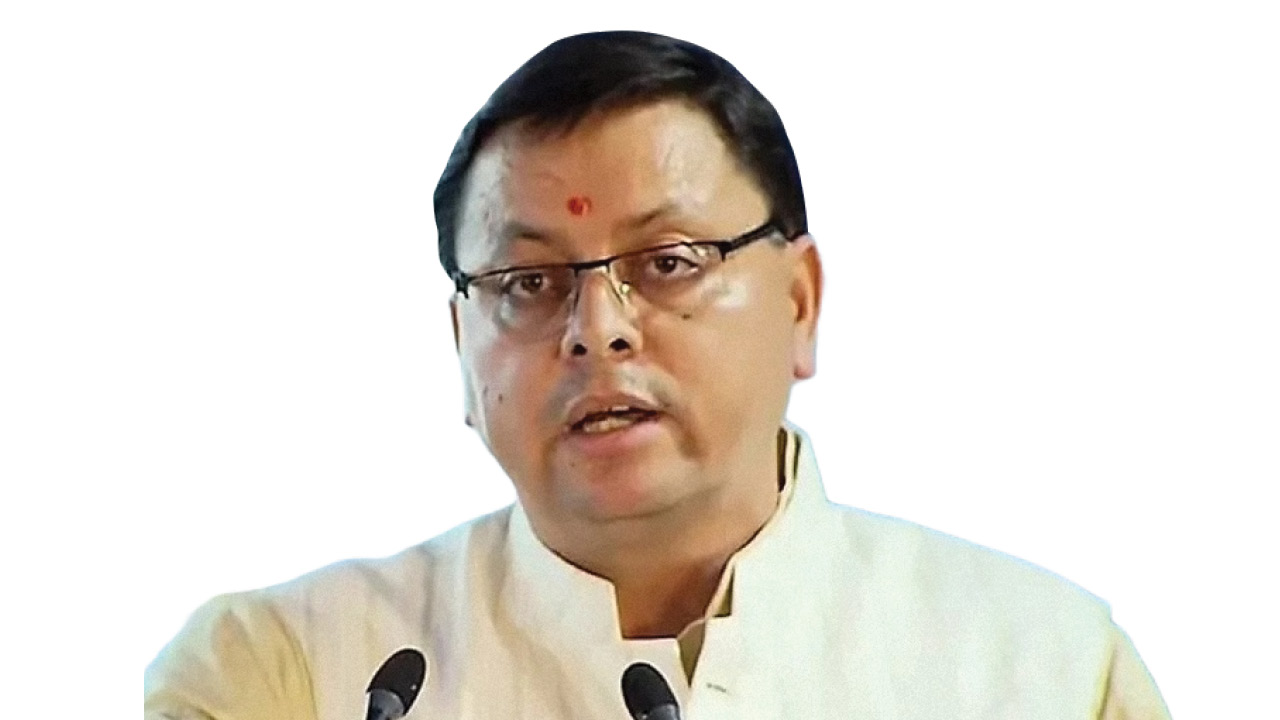Odisha has emerged as a top governance performer, securing the #6 national rank in the State of Governance Report 2024. The state’s steady rise reflects its commitment to policy efficiency, administrative reforms and sectoral diversification. With 31 well-performing projects, including four highly impactful and eight impactful initiatives, Odisha has demonstrated robust advancements across 14 governance categories.
In 2024, Odisha ranked 6th, a decline from its 1st place in 2023, indicating increased competition. The state has shown steady improvement over the years, rising from 13th in 2018-2019 to 3rd in 2022 before reaching its peak in 2023. Despite the drop, Odisha remains among the top-performing states.
Odisha leads the nation in Animal Husbandry & Fisheries, Social Justice & Security and Women & Child Development, underscoring its focus on social equity and economic sustainability. Additionally, Odisha has improved significantly in Finance and Rural Development, securing #2 in both sectors while making a strong comeback in Power & Energy and General Administration.
Expanding its governance footprint, Odisha participated in Food & Civil Supplies for the first time, securing #2 nationally, demonstrating strong food security mechanisms and efficient resource distribution. A strategic focus on Municipal Governance, Transport, Water and Tourism further highlights Odisha’s multi-sectoral development approach, ensuring grassroots impact at district and municipal levels. As shown in Figure 1, Odisha witnessed notable sectoral improvements in 2024. Water (19.4%) and Power & Energy saw significant growth, while Women & Child Development remained steady at 12.9%. Tourism (3.2%) and Finance (6.5%) also improved, reflecting the state’s focus on economic and social sector governance.
Despite its governance success, fiscal sustainability remains a priority. According to the NITI Aayog Fiscal Health Index 2025, Odisha ranks among the top-performing states, with a high composite score of 67.8. Due to its low fiscal deficit and prudent debt management, the state leads in Debt Index (99.0) and Debt Sustainability (64.0). However, revenue mobilisation challenges persist, with Odisha’s fiscal health relying heavily on mining-linked revenue sources. Economic diversification and long-term financial planning will be essential for maintaining fiscal resilience.
Odisha’s high-impact governance projects have played a pivotal role in its success. Initiatives like Market-Led Livelihoods and Skilling by ORMAS, Pada Pushti Karyakram for child nutrition and the DISHA initiative for substance abuse recovery have strengthened social welfare and economic inclusion. Infrastructure and rural development efforts, including the Gangadhar Meher Lift Irrigation Project and CSP Plus Banking Outlets, have bolstered water resource management and financial accessibility. Additionally, technology-driven governance is evident in projects like Drone-Based EHV Transmission Corridor Monitoring and the Paddy Procurement Automation System (P-PAS), reinforcing Odisha’s commitment to digital transformation and efficiency-driven governance.
To secure a top 5 ranking in 2025, Odisha must expand its governance initiatives to 80+ well-performing projects and enhance district-level participation. Strengthening revenue generation, fiscal diversification and high-impact governance interventions will be key to cementing Odisha’s leadership in governance excellence and economic resilience.
State's Performance in Different Sectors in Three Years
| Sector | 2024 | 2023 | 2022 |
|---|---|---|---|
| Animal Husbandry & Fisheries | 1 | ||
| Social Justice & Security | 1 | 2 | |
| Women & Child Development | 1 | 2 | |
| Finance | 2 | 4 | |
| Food & Civil Supplies | 2 | ||
| Rural Development | 2 | 6 | |
| Water | 3 | 1 | 1 |
| Cooperation | 4 | 3 | |
| Tourism | 4 | 2 | 2 |
| Transport | 4 | 3 | |
| Power & Energy | 6 | ||
| Governance | 7 | ||
| Municipal Governance | 9 | 2 | 7 |
| District Governance | 11 | 2 | 4 |
Gangadhar Meher Lift Irrigation
The Gangadhar Meher Lift Irrigation Project, implemented by the Department of Water Resources, Odisha, addresses irrigation needs in upland areas of Bargarh and Subarnapur districts. Operational since November 2023, the project uses a pressurised underground pipeline system to lift water from the Hirakud Reservoir, irrigating 25,600 hectares across 129 drought-prone villages. It benefits 35,600 farmers, increasing the net value of agricultural output from₹8,929.91 lakh to₹47,509.24 lakh (a 5.32-fold increase). The project also minimises water loss, promotes micro-irrigation for 30% of the ayacut area and enhances rural livelihoods.
DISHA
Launched on 1 June 2020, by the Social Security and Empowerment of Persons with Disabilities (SSEPD) Department, Odisha, the DISHA Initiative addresses the rising crisis of substance abuse and mental illness among youth and adolescents. This holistic programme combines rehabilitation, skill development and community reintegration to promote sustainable recovery.
The programme has established a strong network of recovery centers, supporting 1,640 internal beneficiaries and 1,200 external beneficiaries through services like counseling, detoxification, vocational training and employment assistance. Thousands have been reached through awareness campaigns conducted with schools, healthcare providers and community organisations, fostering early intervention and reducing stigma. Peer support groups and crisis management strategies, including overdose prevention training, have further enhanced the programme’s impact.
Digital outreach tools and partnerships with NGOs and law enforcement have improved care access and public awareness. The programme’s emphasis on physical and mental health counseling, mindfulness practices and skill development has significantly reduced relapse rates and improved beneficiaries’ quality of life.
The DISHA Initiative reflects Odisha’s commitment to addressing addiction and mental illness through inclusive, evidence-based interventions. By targeting root causes and fostering community participation, it offers a healthier and scalable model.
CSP Plus Banking Outlets
The CSP Plus Banking Outlets Project, launched by the Finance Department, Odisha, addresses financial exclusion in 4,373 unbanked Gram Panchayats (GPs). With a₹500 crore budget, the project established 750 outlets in Phase 1, generating₹863 crore in transactions within three months. These outlets provide 15 banking services, including DBTs, benefiting 10 million people, with special provisions for vulnerable groups. Outcomes include reduced travel time, job creation for 8,746 Business Correspondents and enhanced rural savings. The initiative promotes inclusive growth, empowering communities through accessible and affordable banking services.
Ensuring Equity and Inclusion in Pani Panchayats
The Ensuring Equity and Inclusion in Pani Panchayats of Odisha project, led by the Directorate of CAD-PIM, Odisha, revitalised 25,000 Pani Panchayats within 1.5 years, increasing active units from 12,000 to 37,000. This initiative ensures equitable water distribution across 23.46 lakh hectares of cultivable land through participatory irrigation management. By introducing real-time monitoring via e-CAD and capacity building through the Sinchita module, it has improved governance and efficiency. Mandating 1/3rd women representation has enhanced inclusivity, while promoting climate-resilient practices.
Conservation of Bhinjarpuri Cattle
The Conservation of Bhinjarpuri Cattle Project, initiated by OMFED under the National Programme for Dairy Development, focuses on preserving the native Bhinjarpuri cattle breed while improving farmer livelihoods. The project has benefitted 5,000 farmers and involves 120 internal staff. It achieved a 20% increase in cattle population through selective breeding and established three breeding centers. The initiative improved milk yield by 15%, set up five collection centers and two processing units and launched a branded line of dairy products. This approach supports sustainable agriculture, enhances genetic diversity and promotes cultural heritage.
Drone-Based EHV Transmission Corridor Monitoring
The Drone-Based EHV Transmission Corridor Monitoring Project, launched on 6 June 2023, by the Odisha Power Transmission Corporation Limited (OPTCL), enhances the safety and efficiency of inspecting 42,000 EHT towers and 433 transmission lines. Using drones equipped with RGB and thermal cameras, the project identified vulnerabilities like rust, loose connections and damaged insulators. It reduced inspection costs by 60-75% and enabled proactive maintenance. The initiative integrated AI-powered analysis and geo-fenced mobile applications.
Paddy Procurement Automation
The Paddy Procurement Automation System (P-PAS), initiated by the Food Supplies and Consumer Welfare Department, Odisha, ensures transparency and efficiency in paddy procurement. Operational since August 2021, it integrates GIS, satellite imagery and AI/ML for crop validation and decision support. The project saved₹109 crore in MSP expenditures by identifying discrepancies in 83,076 plots across 38,050 acres. With 18 lakh farmers registered, it disbursed₹37,000 crore, benefiting marginalised farmers.
Energy Efficiency Measures
The Energy Conservation and Energy Efficiency Measures Project, led by the Energy Department, focuses on reducing carbon intensity and fostering sustainable energy practices. Since its launch in 2022, this has achieved 14.8 mTOE energy savings under the Perform, Achieve and Trade (PAT) scheme.
Figure 1: Sectors with Enhanced Focus - Odisha

Pada Pushti Karyakram
The Pada Pushti Karyakram (PPK), launched on 15 August 2023, by the Women & Child Development Department, Odisha, is a pioneering initiative under the Mukhyamantri Sampoorna Pushti Yojana. Aimed at addressing malnutrition among pre-school children aged 3-6 years in hard-to-reach areas, the programme ensures access to hot cooked meals (HCM) and morning snacks (MS) for children who lack proximity to Anganwadi Centers (AWCs).
The programme’s impact is significant: 18,000 children in 2,503 PPK sites across 28 districts benefit from daily meals, with 2,791 sites located in Tribal Sub-Plan (TASP) areas. This effort has led to measurable improvements in child health and nutritional outcomes while fostering greater utilisation of Integrated Child Development Services (ICDS). The active involvement of Mother’s Groups and women Self-Help Groups (SHGs) has been central to its success, ensuring local ownership and effective implementation.
The initiative employs a decentralised governance model, empowering communities to drive operations. Locally sourced food ensures cultural relevance, while continuous monitoring by Anganwadi Workers (AWWs), Supervisors and CDPOs ensures programme effectiveness.
By addressing malnutrition through innovative and community-driven approaches, Pada Pushti Karyakram has created a scalable model for other states.

Market-Led Livelihoods and Skilling
The Odisha Rural Development and Marketing Society (ORMAS), under the Panchayati Raj and Drinking Water Department, has been a transformative force in rural development since its inception in 2014.
The initiative has achieved significant outcomes, including the creation of 3,812 producer groups, 23 producer companies, 71 farmer producer organisations (FPOs) and 35 producer enterprises. ORMAS facilitated sales worth₹1,800 crore through avenues like the flagship Pallishree Melas, e-commerce platforms such as Amazon Karigar and corporate tie-ups with ITC, Dabur and FabIndia. It also trained over 2.17 lakh rural youth, with 1.05 lakh placed in formal employment, focusing on disadvantaged groups like women and differently abled individuals.
Innovations like Rural Industrial Parks (RIPs) and a real-time eMIS platform have enhanced production efficiency, value addition and marketing access.
Product-specific value chains for pineapple, banana fiber and Chenapoda have further driven rural industrialisation. Challenges, such as limited human resources and financial constraints, were addressed through strategic collaborations and grassroots mobilisation. ORMAS exemplifies how grassroots empowerment, technology integration and inclusive practices can uplift rural economies.
Mobile Veterinary Unit (MVU)
The Mobile Veterinary Unit (MVU) initiative by the Directorate of Animal Husbandry and Veterinary Services, Odisha, addresses critical livestock healthcare needs in rural areas. Launched in 2014-15 with hired vehicles, the programme was upgraded in September 2023, replacing older vehicles with government-owned, fully equipped TATA Winger vans to enhance service quality and accessibility.
Each month, MVUs serve 6,280 villages, treating over 300,000 animals and administering 600,000 vaccinations to control diseases. Disease surveillance has improved with 10,000 samples tested monthly and 3,000 awareness camps educate farmers on modern livestock practices. These efforts have reduced livestock mortality, improved productivity and strengthened farmer livelihoods.
Equipped with minor operation theatres and advanced diagnostic tools, the vehicles operate under a structured Advance Tour Programme (ATP), ensuring systematic village coverage. Services like immunisation, deworming, artificial insemination and emergency care are supported by geo-tracking for real-time monitoring.
The programme brings veterinary care to farmers’ doorsteps, overcoming logistical barriers and fostering trust. Future plans include expanding the workforce, providing free medicines and enhancing disease surveillance with advanced tools.




